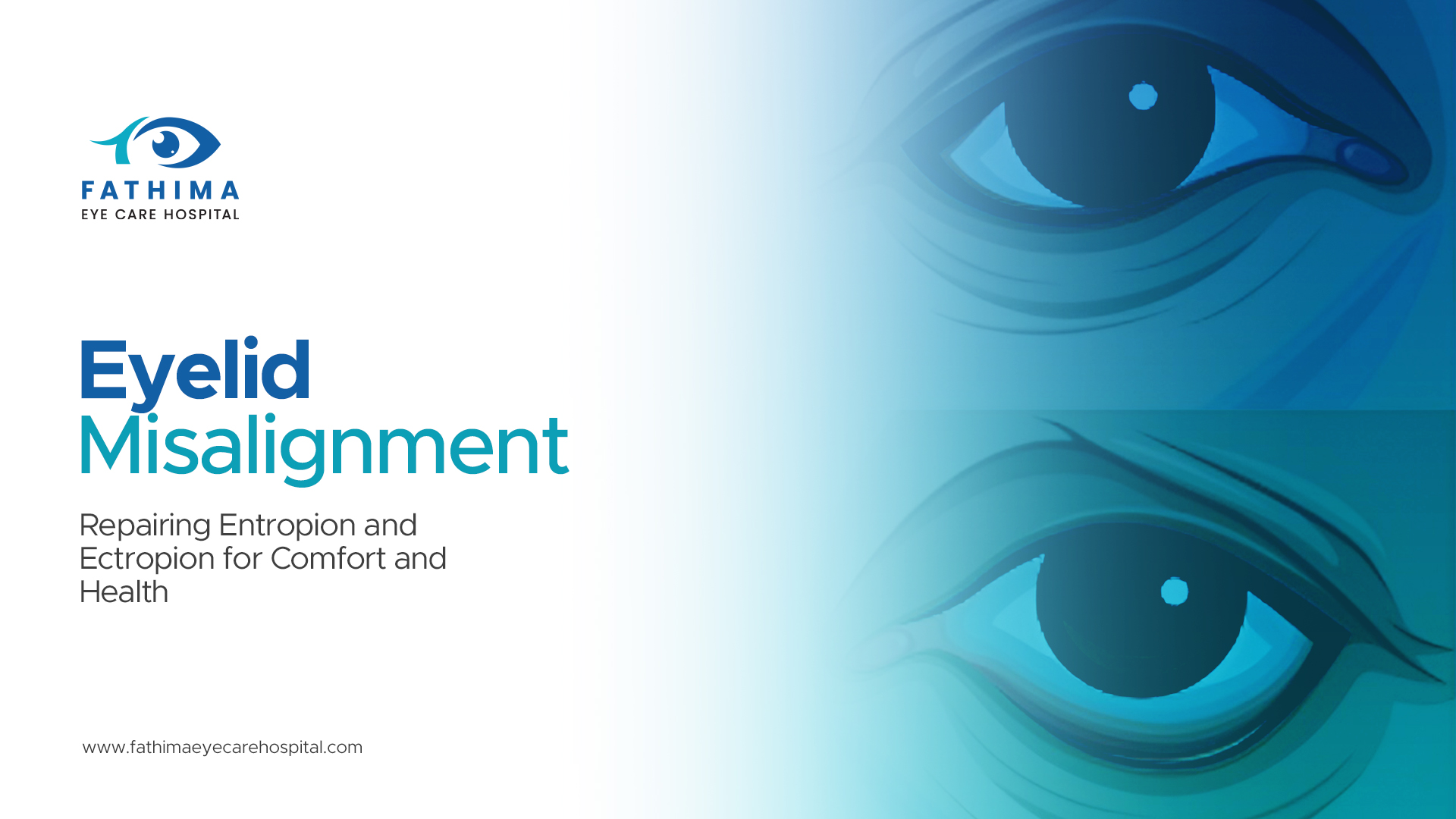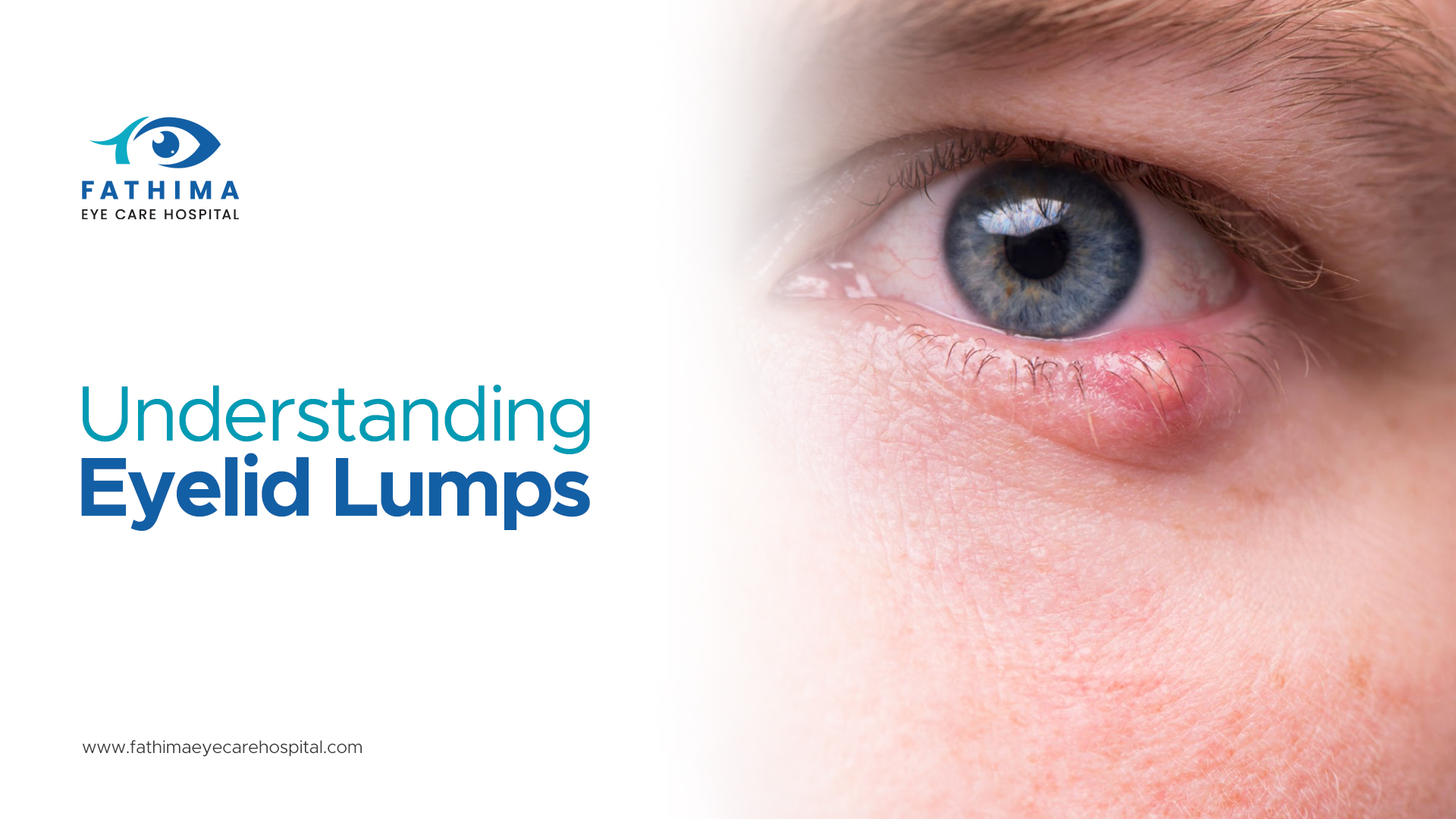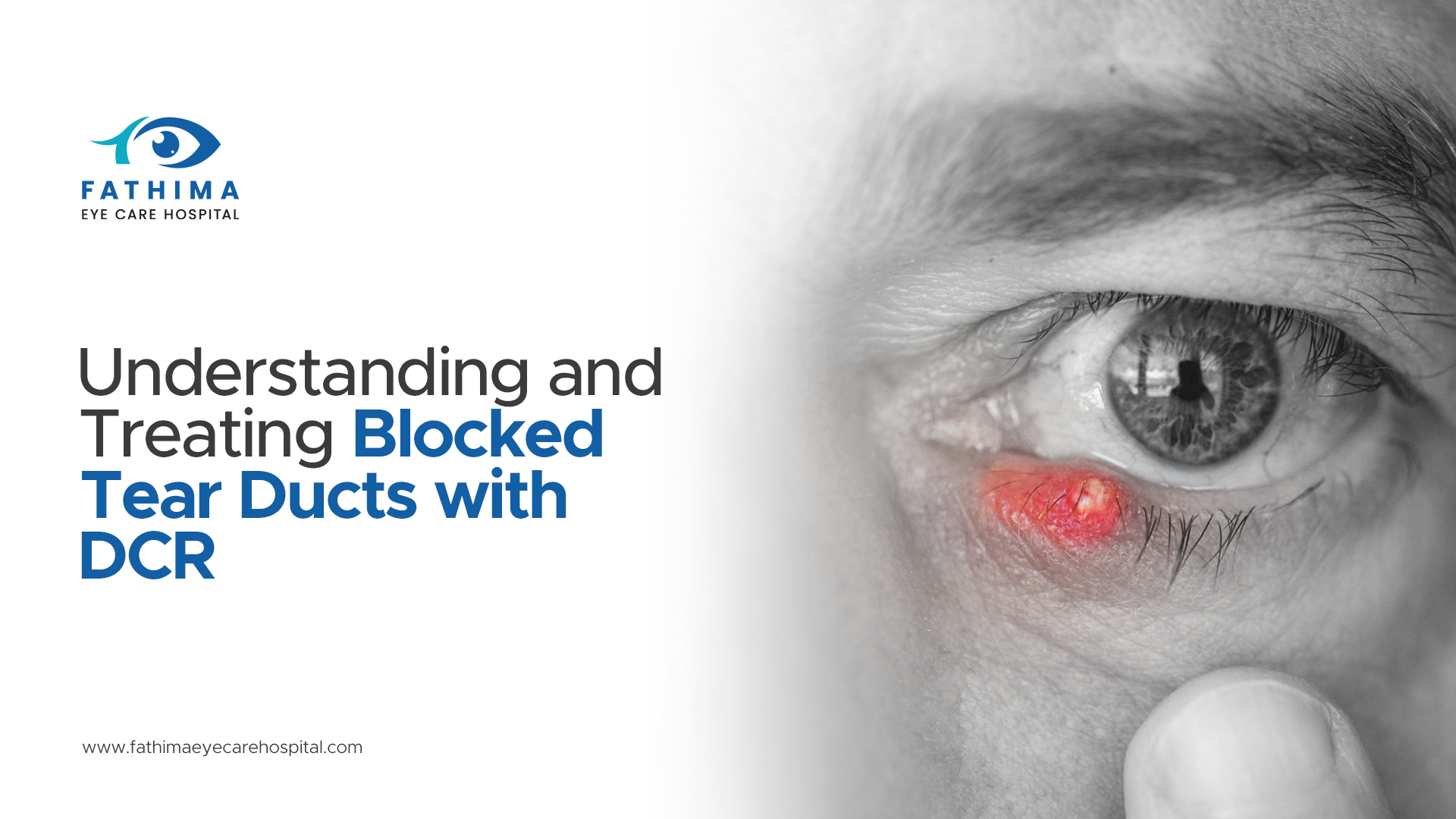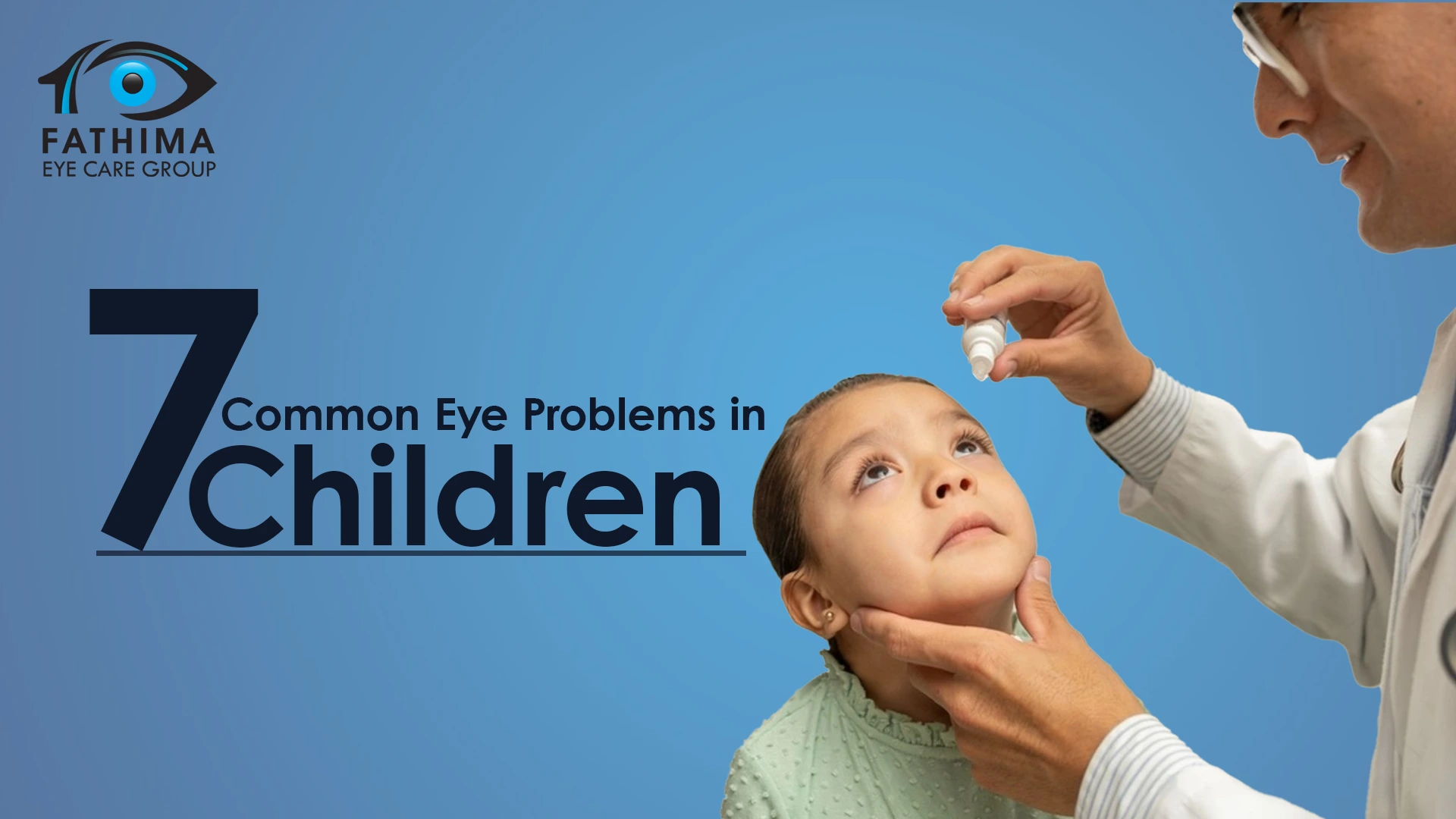

Pediatric eye problems can adversely affect the eyesight of your kid. However, we overlook them until problems start to appear. Luckily, regular eye checkups can help identify many eye problems. Understanding and taking proper treatment early on is vital to prevent long-term damage to a kid’s eyesight and their holistic development. Eye problems can be identified beforehand if you’re vigilant of their growth. Early diagnosis not only prevents potential damage but also helps in easy treatment.
Common Eye Problems in Children
Lazy Eye in Children
Also known as amblyopia, lazy eye in children is a sight disorder in which one or both eyes’ vision fails to develop normally. The eye that fails to develop properly doesn’t function well. Therefore, the brain ignores that eye and ultimately never picks up signals from it.
The condition can result from a number of factors, such as:
- Strabismus
- Refractive error
- Deprivation
- Hard time studying, reading, or playing
- Finding it hard to concentrate and stay attentive
- Constantly rubbing eyes
- Head tilting to see better
The way out of this issue is to consult an ophthalmologist to ensure your children’s eye health is great. Treating your lazy eye can not just enhance eyesight but also rectify how the eye and brain function together. Early treatment of the condition is the key, where the condition can be relieved using glasses, eye patches, and surgery. Ignoring or waiting can result in permanent eyesight loss on a long-term basis.

Nearsightedness
Nearsightedness, also known as myopia, is a condition that makes seeing distant objects hard for children. There can be many changes in a child’s eyes with this condition, such as:
- Hazy eyesight when looking at faraway objects.
- Place things nearer to their face.
- Eye squinting or excessive blinking
- Difficult reading a blackboard in a class
The condition can be diagnosed by an ophthalmologist. They will enquire about signs of the condition, check the eyesight, use eye drops so that they can determine the right glasses, and check your eye health.
The reason that leads to this eye disease is that the eye makes the light concentrate in the retina rather than directly on the retina. This results in hazy eyesight when looking at faraway objects. The condition affects school-going children. It’s a disease that many family members share.
Farsightedness
Farsightedness is a condition that’s exactly opposite of nearsightedness. Also known as hyperopia, is a common vision problem that makes seeing nearby objects hard for children.
Children with this condition usually complain about hazy eyesight, eyestrain, headache, tiredness, squinting, frequent eye rubbing, and disinterest in reading. The reason that leads to this eye disease is that the eye makes the light concentrate in the back of the retina rather than directly on the retina.
The condition can be diagnosed by an ophthalmologist. They will enquire about signs of the condition, check the eyesight, enquire about your family’s history of eye health, and perform vision tests.
A large number of children suffer from this condition. Based on the age of a kid, it’s normal to have some amount of this condition. As the child grows up, they will recover from farsightedness. If there is no change, the ophthalmologist advises wearing glasses or contact lenses. Treating pediatric eye problems promptly can avoid long-term complications.
Strabismus
Strabismus is one of the most common pediatric eye problems. When focusing on an object, children with strabismus experience their eyes not lining up correctly.
Occasionally, it’s easy to tell if a child has the condition. Whereas, some other times, the condition is apparent when a kid is exhausted or when he/she tries to look at an object quite closely. Early detection and treatment are the keys to fixing strabismus. When strabismus is ignored, the brain will ultimately overlook the images of the problematic eye. This can lead to hazy eyesight, resulting in double vision, and affect the depth perception of a kid. When left untreated, this issue will become permanent.
Some of the symptoms of this condition include:
- Double vision
- Hard to read or see blackboard.
- Head tiliting
- Frequent Squinting
Does your child encounter these symptoms? Then eye care for kids is vital.
Children with this eye disorder never complain of strabismus or see changes in their eyesight. Rather, others who are associated with him/her are the ones to notice the problem first, such as a family, tutors, or even an ophthalmologist.
Glaucoma
Glaucoma is a set of eye conditions that can lead to vision impairment by causing harm to the optic nerve. Regular eye care for kids is the key to identifying this condition beforehand and beginning treatment immediately. If ignored and not given the care, this condition leads to blindness.
Our eyes create a clear fluid that empties on itself gradually. For a kid with glaucoma, excessive secretion of this fluid or slower removal of the fluid from the eyes result in glaucoma. Due to this, the eye pressure rises, which can result in eye disorders and optic nerve damage.
This condition creates difficulty in vision and can lead to complete blindness. The reason is that the optic nerve is pivotal in the transmission of the signals from eye to brain and instrumental in vision.
Some of the treatments for this eye disorder include:
- Eye drops
- Oral medication
- Surgery
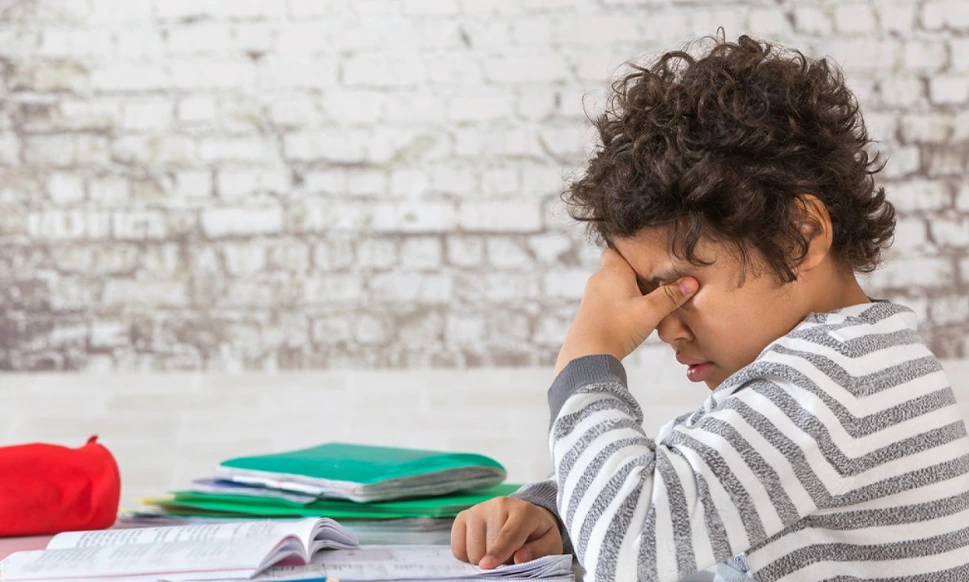
Chalazion
Chalazion is a lump that grows under the eyelid, caused as a result of blockage in the meibomian gland (tiny oil-producing gland). Risk factors for this condition include TB, sebborhea, chronic blepharitis, previous history of the same condition, skin conditions, and hormonal changes. The symptoms of this condition include a lump under the eyelid, pain while seeing, slight irritation resulting in fluid creation, and more.
Treatment options for this condition include antibiotic eye drops, regular handwash, preventing eye rubbing, especially the lump, and removing the fluid inside by breaking the lump. When managed well, this condition will cure in a week. However, the time to cure can range from 4-6 weeks when ignored. There are chances that it can last for a number of months. Regular eye care for kids aids in the prompt diagnosis and treatment of this condition.
Pediatric Cataracts
Cataracts cause headaches not just for adults but for kids as well. In fact, cataracts can occur in people of all ages, causing the lenses of the eyes to become cloudy. There are many symptoms that kids show with this condition, such as:
- White pupil appearance when eye is flashed with light
- Inability to recognise people or objects
- Misalignment of eyes
- Uncontrolled rhythmic eye movements
- Cloudy or blurred vision
- Difficulty in seeing
- Light sensitivity
There are many treatment options for childhood cataracts. The choice is determined by the child’s age. If the kid is suffering from a slight cataract, then a treatment is not necessary, and the eyes can be checked by an eye specialist. If the cataract is causing a problem with vision, then surgery is required to get rid of the affected lens. Another treatment option suggested by the ophthalmologist is contact lenses.
Final Thoughts
Kids have the slightest idea if their eyesight is affected or not; therefore, as a responsible parent, you must be vigilant of pediatric eye problems. It’s equally important not to allow your child to engage in smartphones, as it can take a toll on their eye health. You should be watchful of any symptoms that your child experiences when they have an eye condition. When you skip diagnosis of a problem, it can aggravate and cause a lot of headaches. If your priority is children’s eye health, then be sure to make regular visits to an ophthalmologist.
Frequently Asked Questions
How to ensure eye care for kids?
There are many ways to ensure eye care in children, such as making kids have a nutrient-rich diet, reducing smartphone usage, touching eyes only after handwashing, and using protective eyewear.
What age is ideal to start regular eye care for kids?
Regular eye care in the form of eye exams should start from 6 months onwards to detect any eyesight problems. According to the American Optometric Association (AOA), a complete eye exam must be conducted when a child is 3 years old and 5 years old. After that, it must be done in an interval of 2 years, or according to the suggestion of an ophthalmologist.
What are the signs of vision problems in children?
There are many signs, such as watching TV near it, a quick drop in marks, squinting often, finding it hard to read, constant headaches, and problems with playing.
How do I prevent sun damage to the eyes of my child?
Make your child wear UV-protective sunglasses even when there is no sunshine. Such barriers help avoid any long-term damage and minimise the chances of eye problems.




